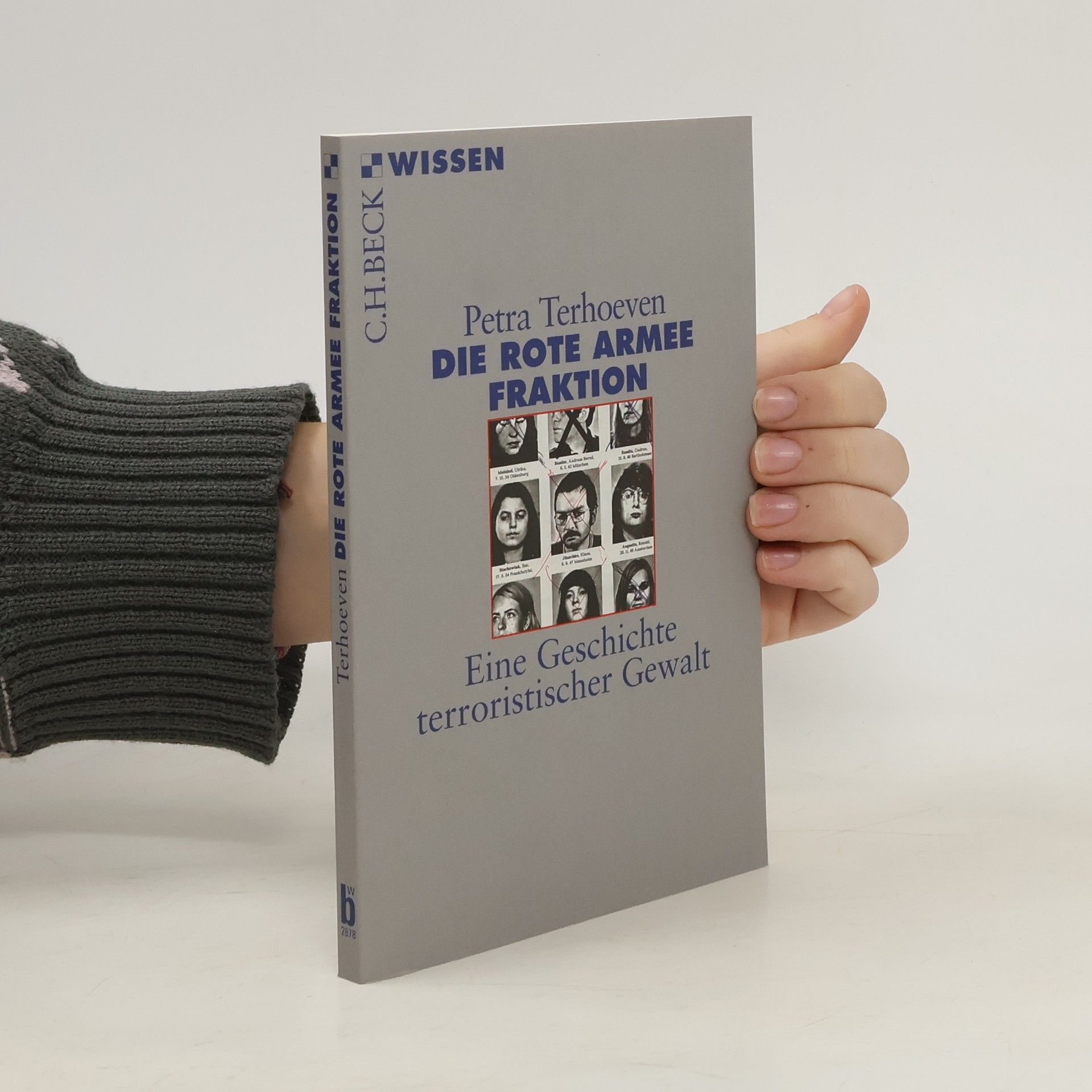Strategien der Selbstbehauptung
Vergangenheitspolitische Kommunikation an der Universität Göttingen (1945-1965)
"Das akademische Göttingen nach 1945 lässt sich als "Laboratorium der Selbstbehauptung" verstehen, in dem die lokale Hochschulelite ungeachtet ihrer NS-Belastung am Anspruch auf Weltdeutungskompetenz festhielt. Die Beiträge des Bandes untersuchen die vergangenheits- politische Kommunikation, mit der zentrale Akteure vor allem aus der Physik und der Geschichtswissenschaft seit der Wiedereröffnung der Universität ihre Rolle im "Dritten Reich" zu überschreiben versuchten."-- Provided by publisher

